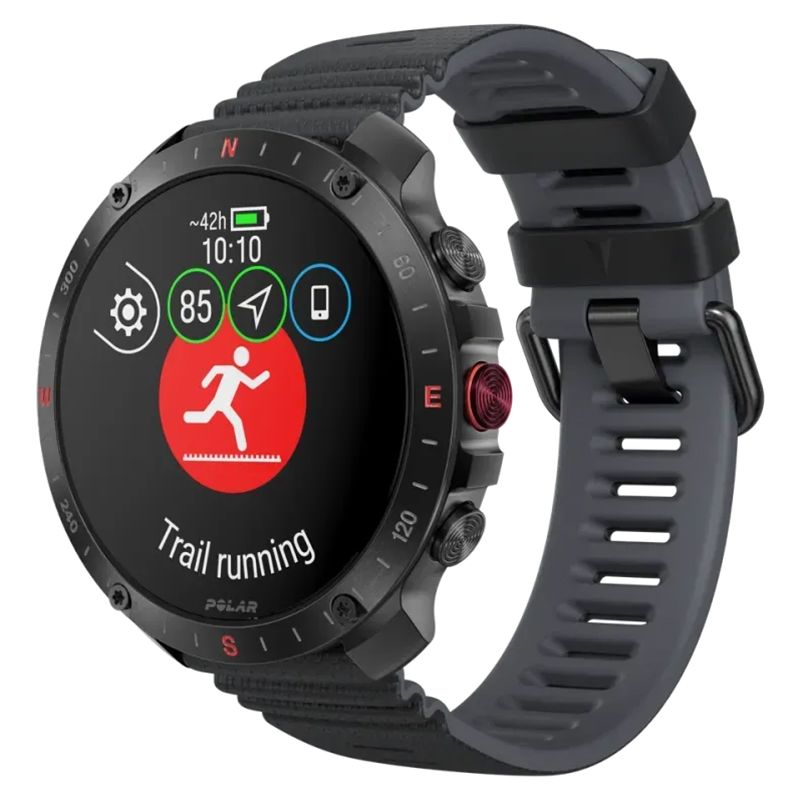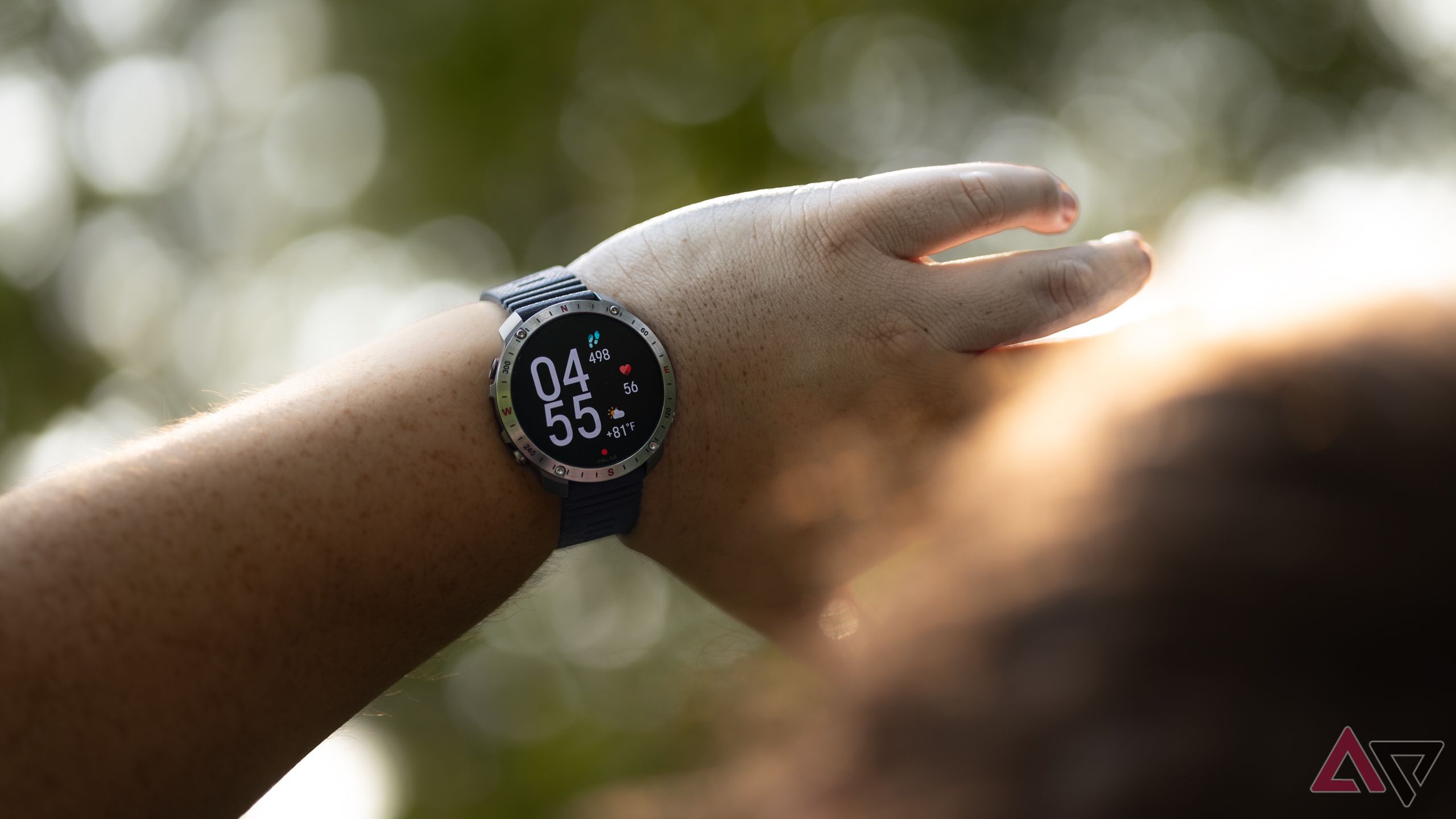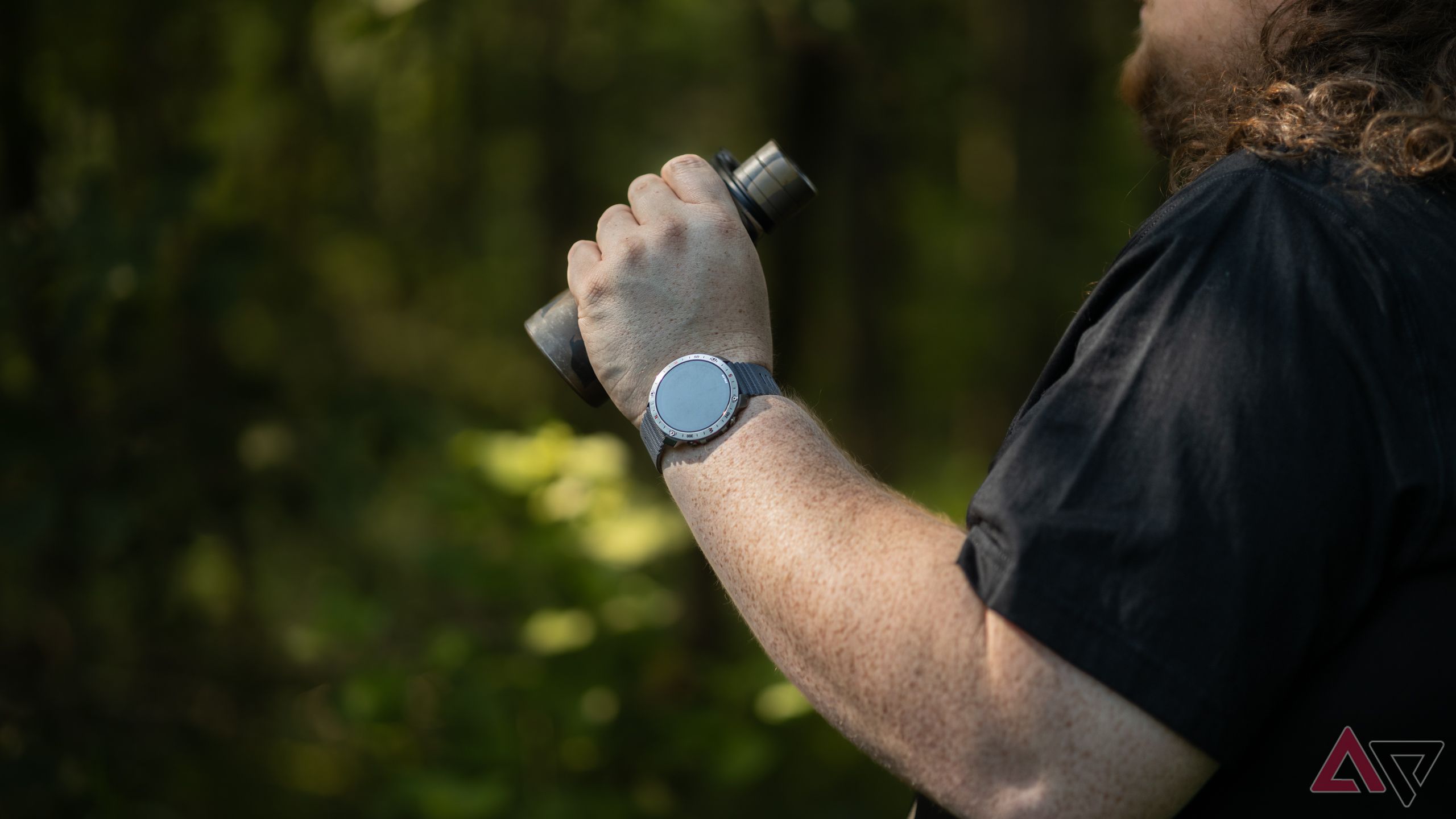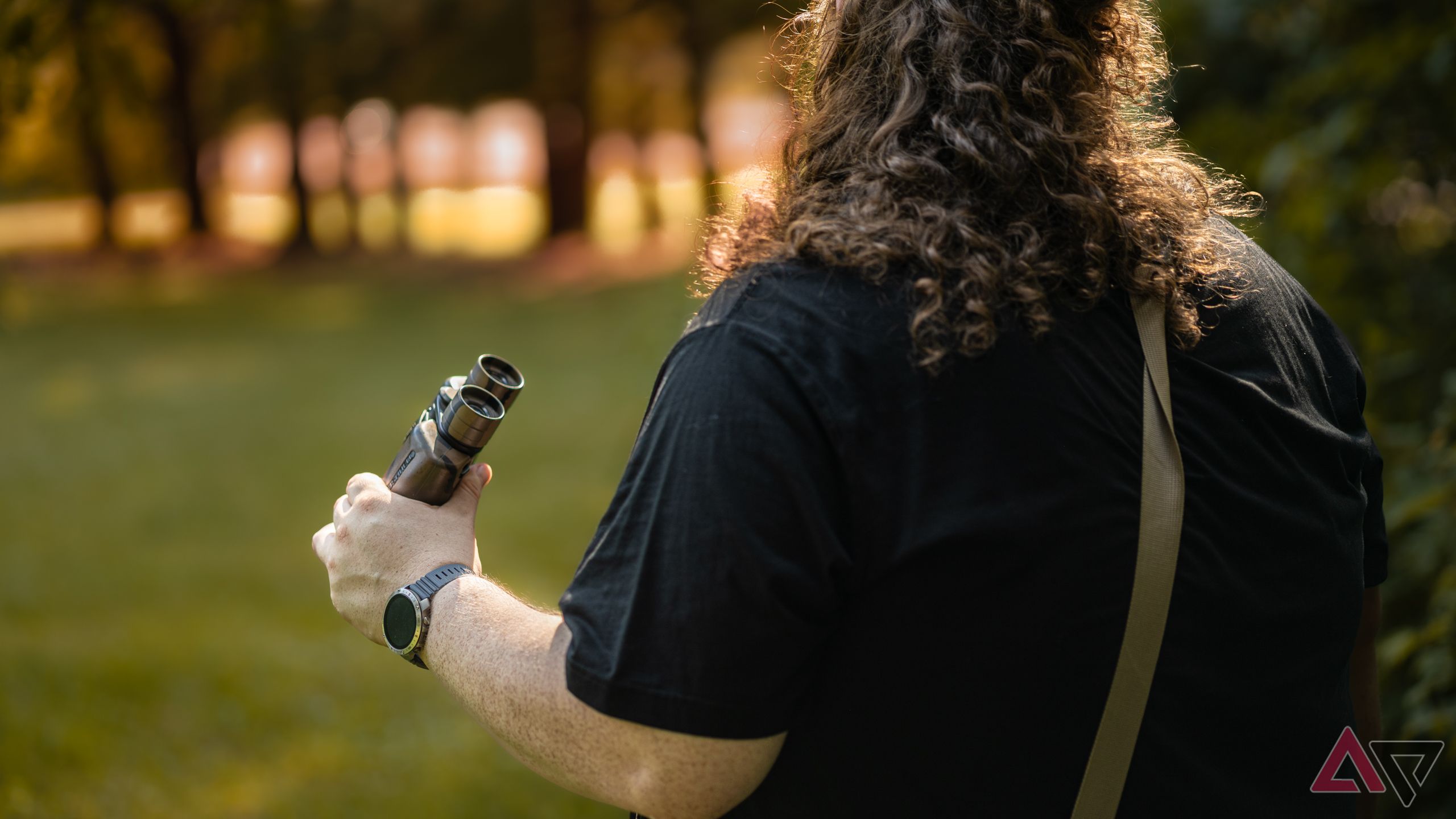When you think of rugged or athletic smartwatches, there’s a good chance you will think of Polar. With a tough build and advanced fitness and activity tracking, Polar watches are an ode to the outdoorsy. They closely compete with the top Garmin smartwatches, but the better wearable brand for running, cycling, hiking, and more comes down to budget and many personal preferences.
I like Garmin watches for their outstanding GPS accuracy, clean companion app, and impressive battery life on nearly all models. However, since Polar watches are so renowned for capturing in-depth cardio trends and training aids, I took one of their flagship watches out for an adventure or two.

Polar Grit X2 Pro
Polar expands on its Grit X line with the X2 Pro, boasting a larger AMOLED screen (1.39 inches), a faster processor, and ECG heart rate tracking. Focused on durability, the rugged Grit X2 Pro is built to withstand the elements and provides precise activity tracking no matter the environment.
- Stores topographical map data
- Supports ECG and skin temperature monitoring
- Syncs with Strava, ideal for runners
- Price is a bit steep
- More fitness tracker, less smartwatch
Price, availability, and specs
There are a few places you can find the Polar Grit X2 Pro online, but the price varies by color and model (Titan or regular). The Titan version retails for $870, and its standard sibling for $750. Both models can be found on Polar’s website, or through third-party sites like Amazon and REI.
What’s good about the Polar Grit X2 Pro?
Everything under the hood that athletes need
Let’s take a quick peek at the Grit X2 Pro’s build first. It’s encased in a stainless steel frame and covered by sapphire glass, which I prefer over Gorilla Glass where possible. Every watch with Gorilla Glass that I’ve worn showed deep scratches after a few months, despite claims that Gorilla Glass is more scratch-resistant. The 1.39-inch AMOLED is bright and vibrant, a perfect contrast makes the display easy to read at all times, even when using complication-loaded faces.
I’ll always love a digital crown on a watch, but I understand why this moving (and oft fragile) part would be omitted from a watch focused on durability, like the Grit X2 Pro. Navigation instead takes place through the touch screen and the five buttons lining the timepiece’s edge.
GPS and compass accuracy are paramount for a rugged endurance watch like the Grit X2 Pro. Most of my hiking takes place on established national or state park trails, so I’ve never split hairs on the GPS performance of any smartwatch I’ve used (which has included Garmin, Samsung Galaxy, Polar, and Apple). To scrutinize the Grit X2 Pro and Polar’s claims to heightened GPS precision through improved antenna tech, I took a closer look at the GPS accuracy after wearing the device for a deep woods mountain loop and a few urban residential walks.
Any GPS discrepancies — a rounded corner here, a random stretch of points plotted off the path there — were ultimately small enough for me to overlook. When I used the Polar Grit X2 Pro and the Garmin Venu 3, both watches accurately recorded my route within a hundredth of a mile. For a 4-mile trail hike and a 2-mile paved city walk, the Grit X2 Pro GPS was plenty accurate, but the watches deviated from their GPS plots in the same places. Ultimately, like anything from Garmin’s collection, any discrepancies in the Grit X2 Pro’s GPS accuracy are too minute to matter for the vast majority of casual athletes and outdoorspeople.
Polar’s training and health feature suite is superb. I especially like the Grit X2 Pro’s sleep-tracking features, which do more than just note the quality and length of rest periods. SleepWise takes sleep trends into account and forecasts energy and alertness levels for the day based on the prior night’s sleep as well as days and weeks of sleep. For two weeks of my Grit X2 Pro testing, extreme stress levels led to incredibly poor sleep quality and duration; it was insightful to see this accrued sleep debt reflected in my watch’s daily outlook.
If you’re someone who works out, it’s important to reserve an appropriate amount of time for rest between exercise sessions. Polar’s flagship watch uses your quality and duration of rest, heart rate and other cardio data, recorded stress levels, and even worldly factors like extreme heat or changes in altitude to either recommend more rest before working out again or give the all-clear on recovery.
It’s worth pointing out that Garmin’s similarly-specced watches offer many of the same features. The data is usually presented in simpler terms on Garmin’s watches, though, which will attract some users and disappoint others. For example, Garmin uses a simple hourly countdown to reflect between-workout recovery periods.
What’s bad about the Polar Grit X2 Pro?
Prepare to smash open your piggy bank
I would pay big bucks to combine the functions of a Polar flagship and a standard Apple, Pixel, or Galaxy smartwatch. Highly refined smartwatch interfaces like Wear OS will always be easier to use, for one, but that’s not the point. As a consumer, I don’t see myself buying a $700+ athletic watch and a daily commuter watch, even as someone with many outdoor hobbies, like hiking.
Polar is focused on the fitness tracking side of the coin, but this half-investment isn’t enough. I can see a phone call notification on the Grit X2 Pro, but can’t take the call on the watch. I can start or stop music from my wrist, but the wearable itself doesn’t store media playlists. There are no pay services on the Polar, either, and this isn’t an LTE-enabled watch. These are all reasons that my phone has to stay on hand for every hike, run, and walk despite having a watch on my wrist that costs as much as my phone.
I acknowledge that many triathlon and marathon athletes want their advanced fitness wearables to be exactly that, devoid of phone functions. It seems smarter to make these features available and disable-able or offer an option in an LTE-enabled upgraded model. The absence of these features is understandable in older, less premium Polar watches, like the Ignite 3, but more disappointing to be without in an over-$700 piece.
Should you buy it?
Robust fitness/activity tracker, but not the most advanced smartwatch
There are two missing features of the Polar Grit X2 Pro that I struggle to overlook: no cellular connectivity, and the lack of diversity in sizes. It seems logical that a rugged smartwatch built for the outdoors would include at least optional cellular connectivity. What runner, hiker, or cyclist wouldn’t like to know if they can send a call or text from a watch if their smartphone is lost or left behind?
And regarding size, the Grit X2 Pro looked cartoonishly huge on my wrist. I’m not a petite person, but even so, the Grit X2 Pro’s 47mm face appears much more out of place on my wrist (I’m a woman) than it does on my male partner’s. Most qualifiers for a good smartwatch aren’t gender exclusive, though, and even some men with smaller wrists may appreciate some variety in face sizes for this Polar watch.
Beyond these two caveats, the Polar Grit X2 Pro is one of the most advanced fitness trackers I’ve ever used. Its toolkit proved invaluable during exercise, especially while hiking and running outdoors. The X2 Pro’s tracking functions are as accurate as you can expect on a consumer-grade device, and as a frequent hiker, the 3D Speed function was an important tool for tracking the speed of a steep ascent.
After using the Garmin Connect and Polar Flow companion apps, it’s difficult to say which one is better. Garmin Connect’s data presentation is compact, colorful, and visually pleasing, especially for at-a-glance consumption. Polar Flow isn’t as smooth and rounded; it doesn’t neatly organize data and trends on your home page like Connect does, but its variety of available integrations and more sophisticated training and recovery features make Flow more useful to serious athletes.

Polar Grit X2 Pro
Polar gives the Grit X2 Pro a makeover with a bigger and brighter AMOLED screen and a choice between a stainless steel or titanium body, plus offline maps and improved GPS to make it a more viable training tool on your wrist.
Source link





